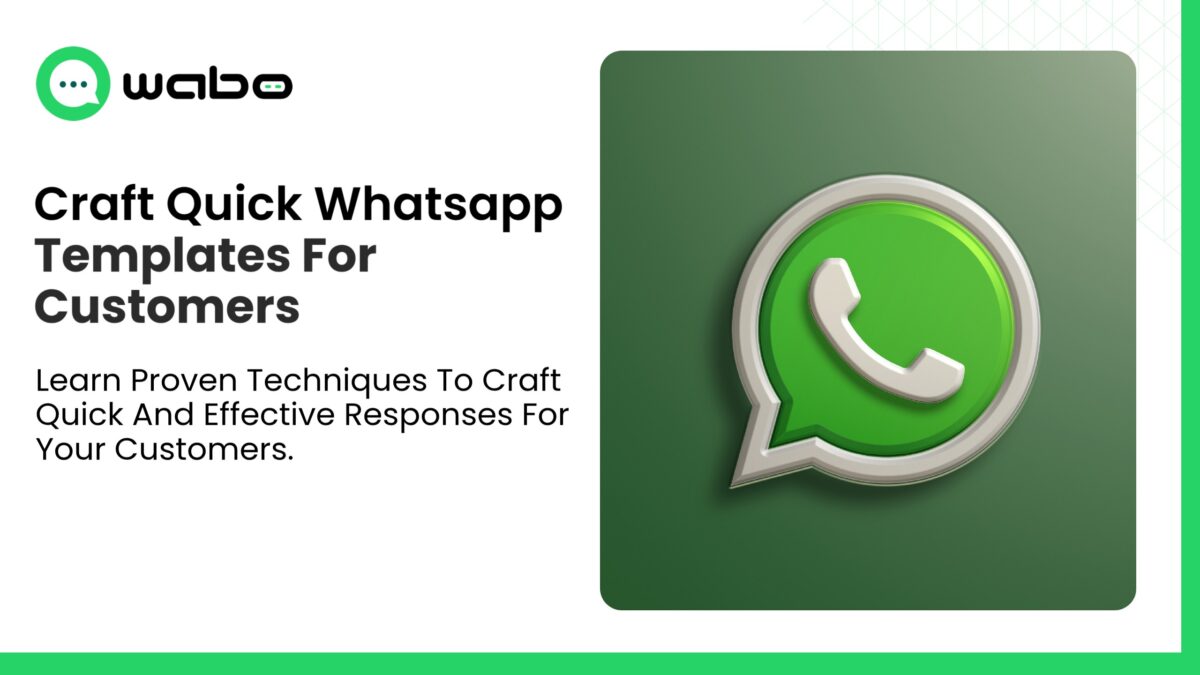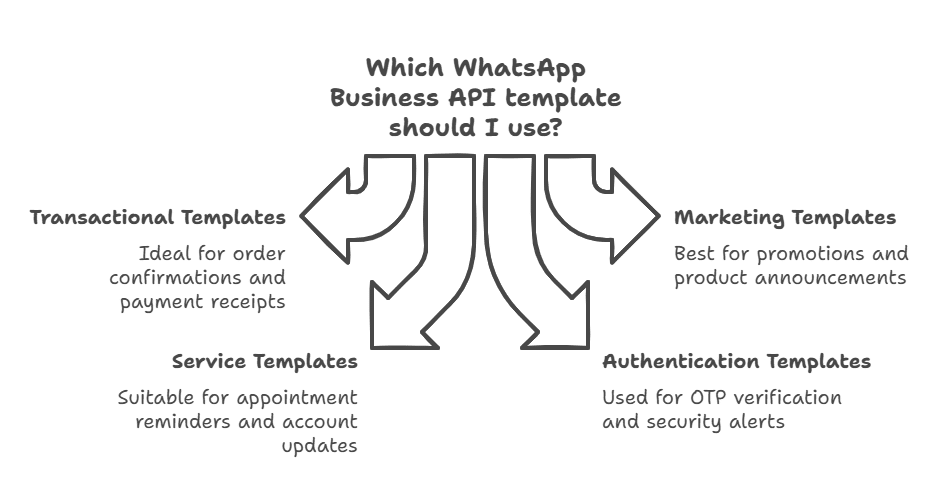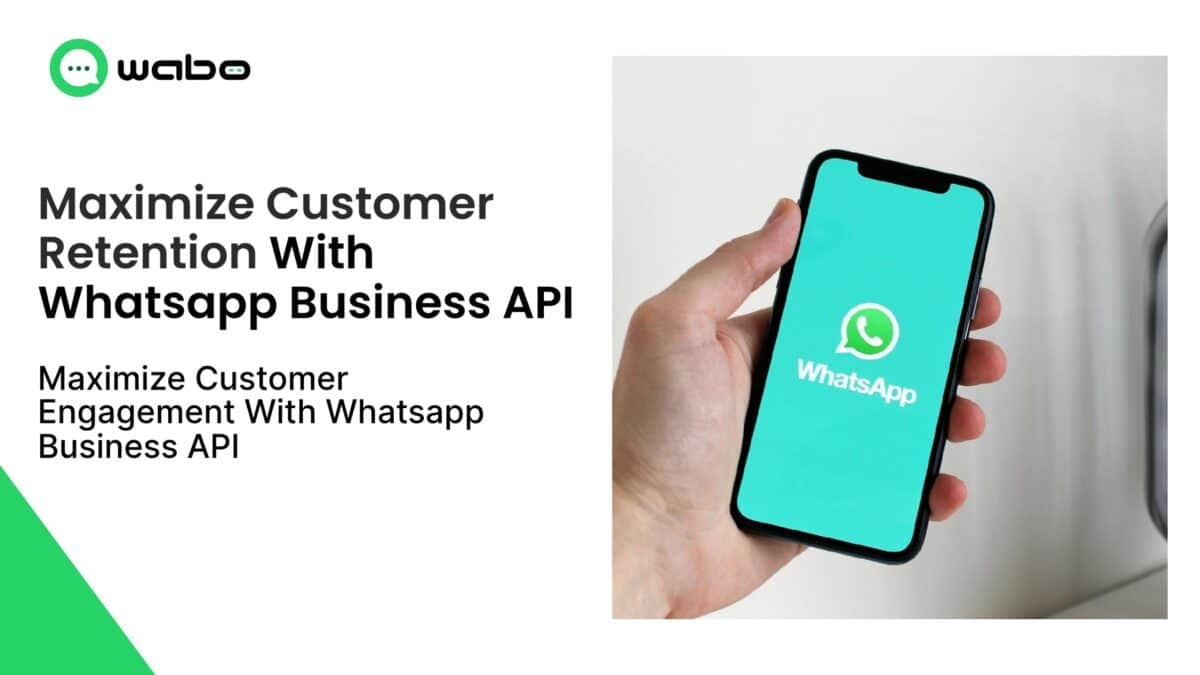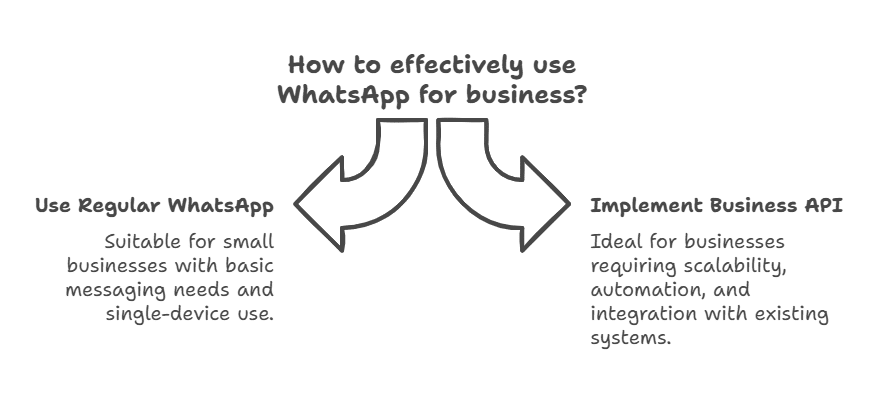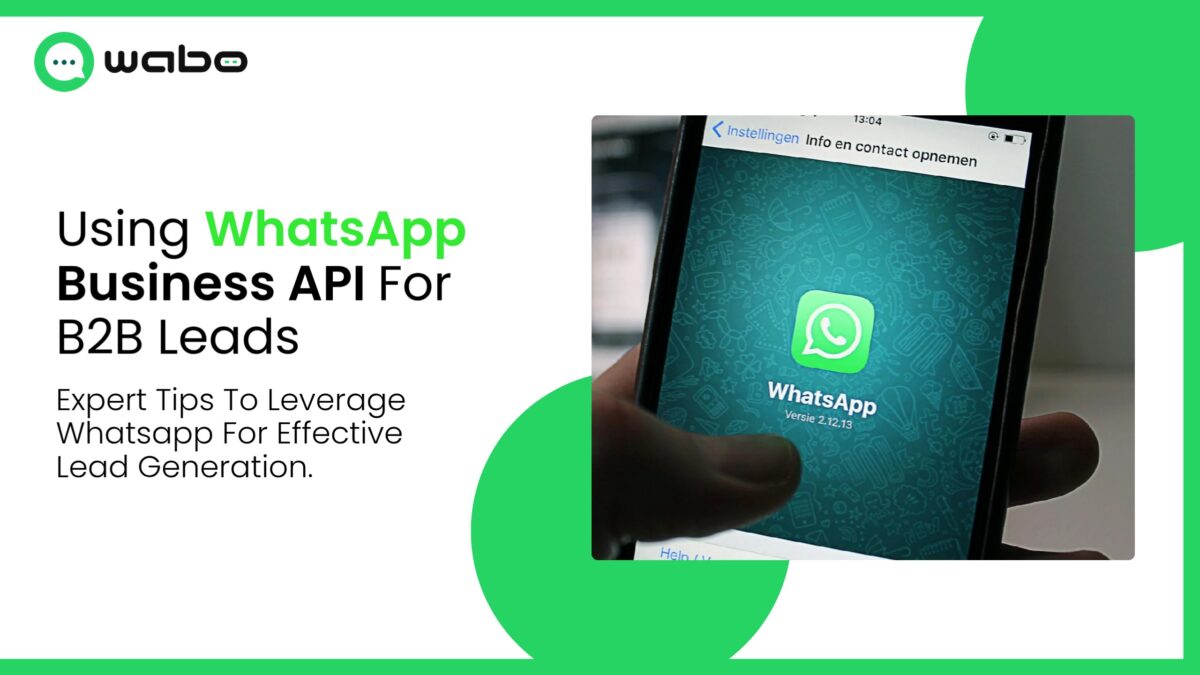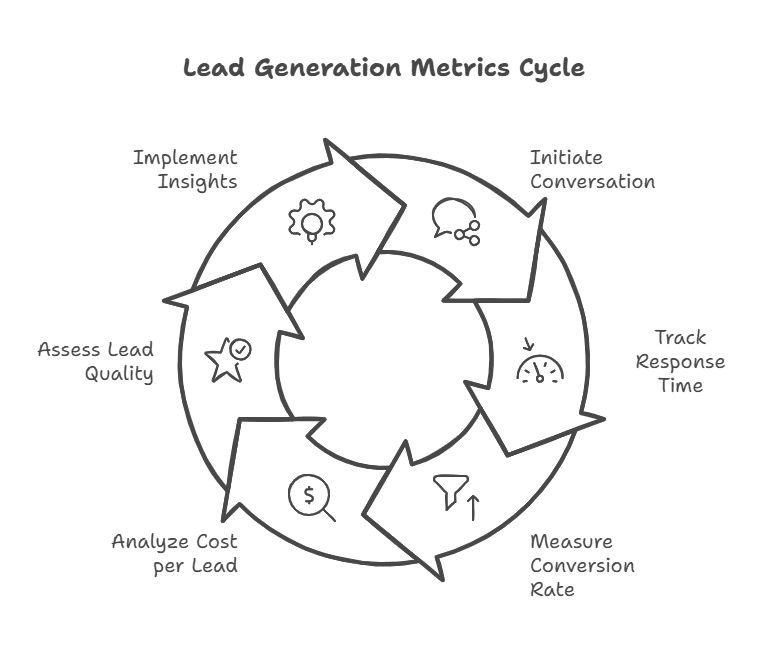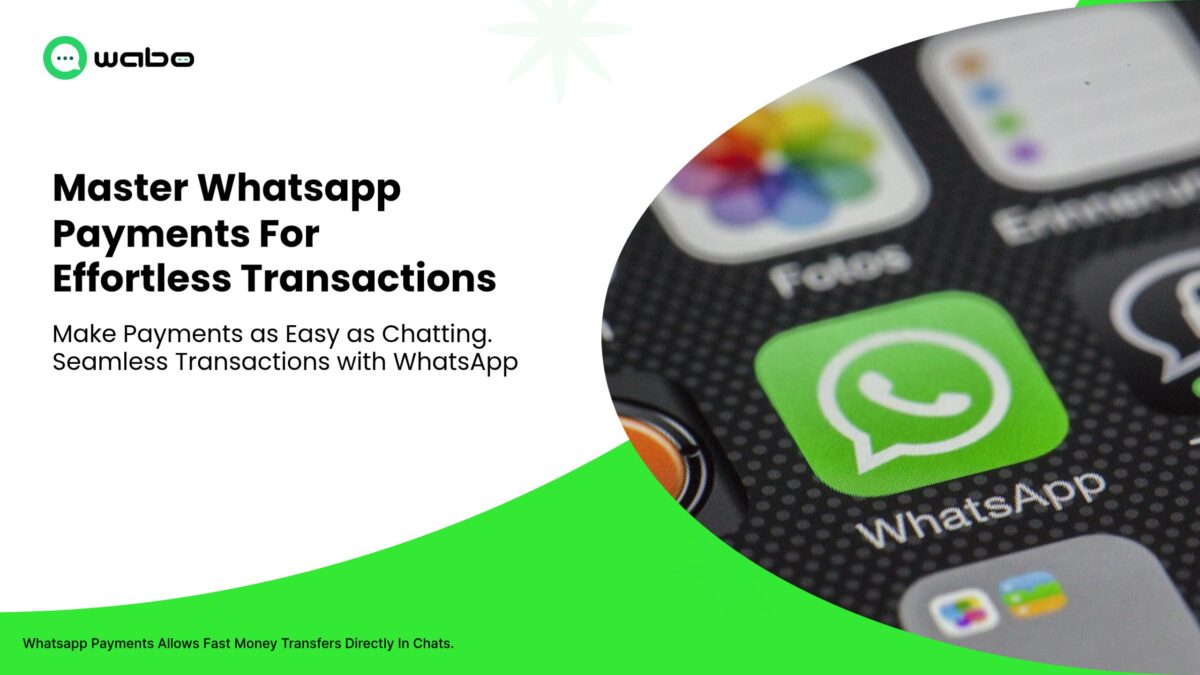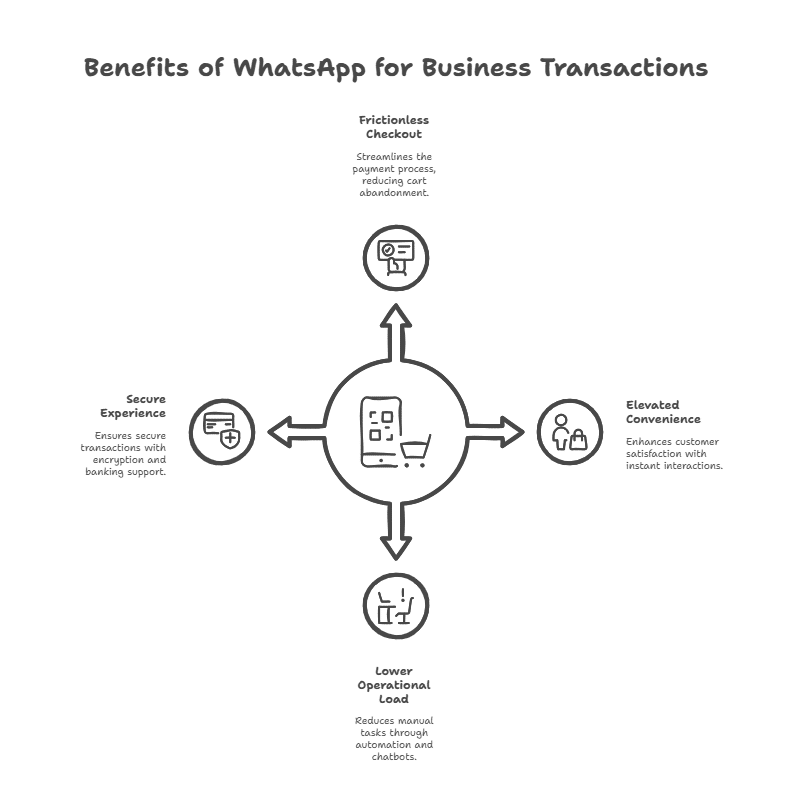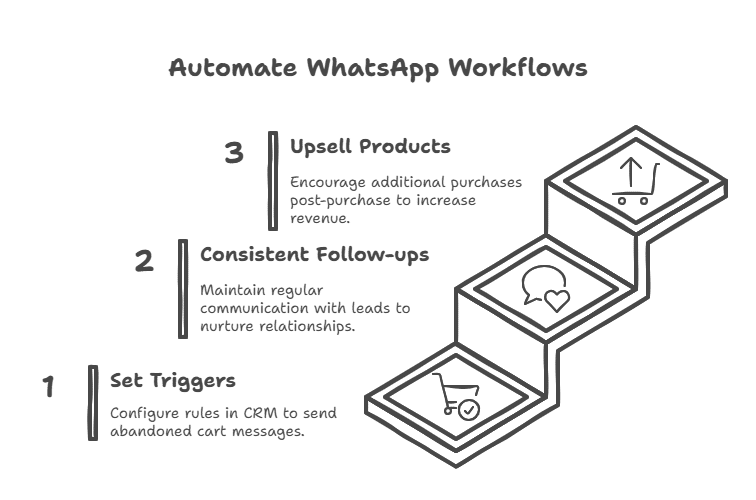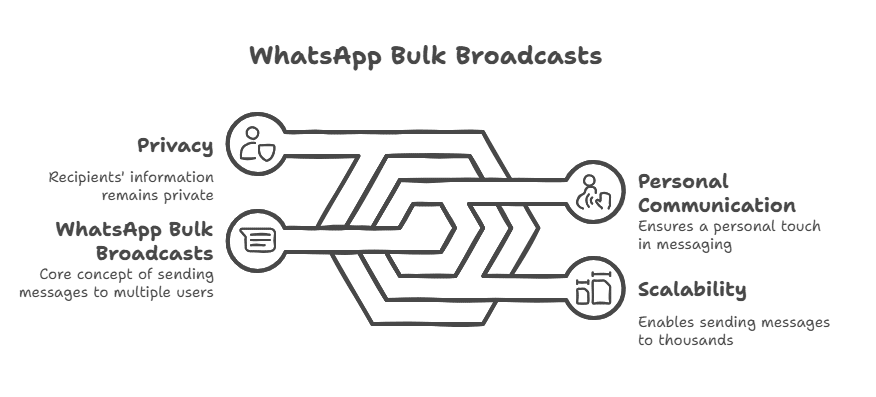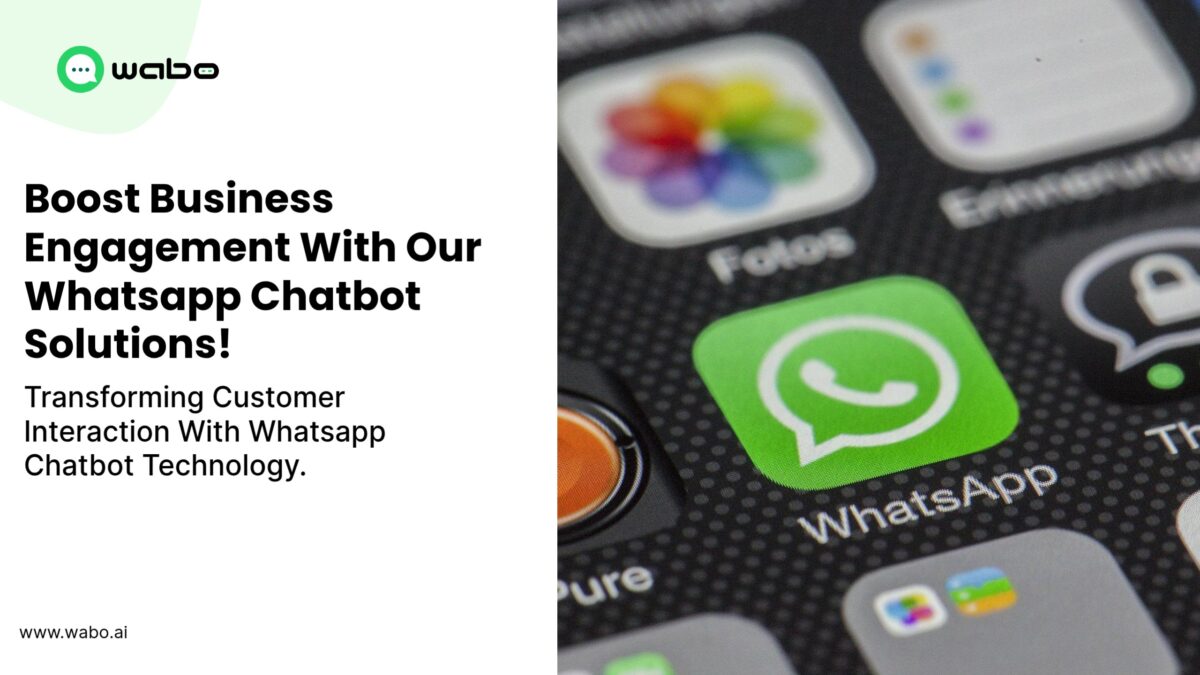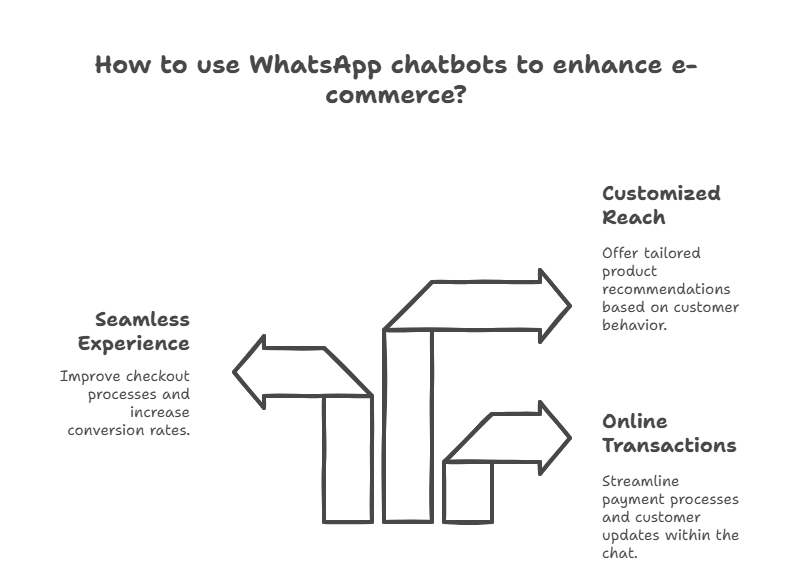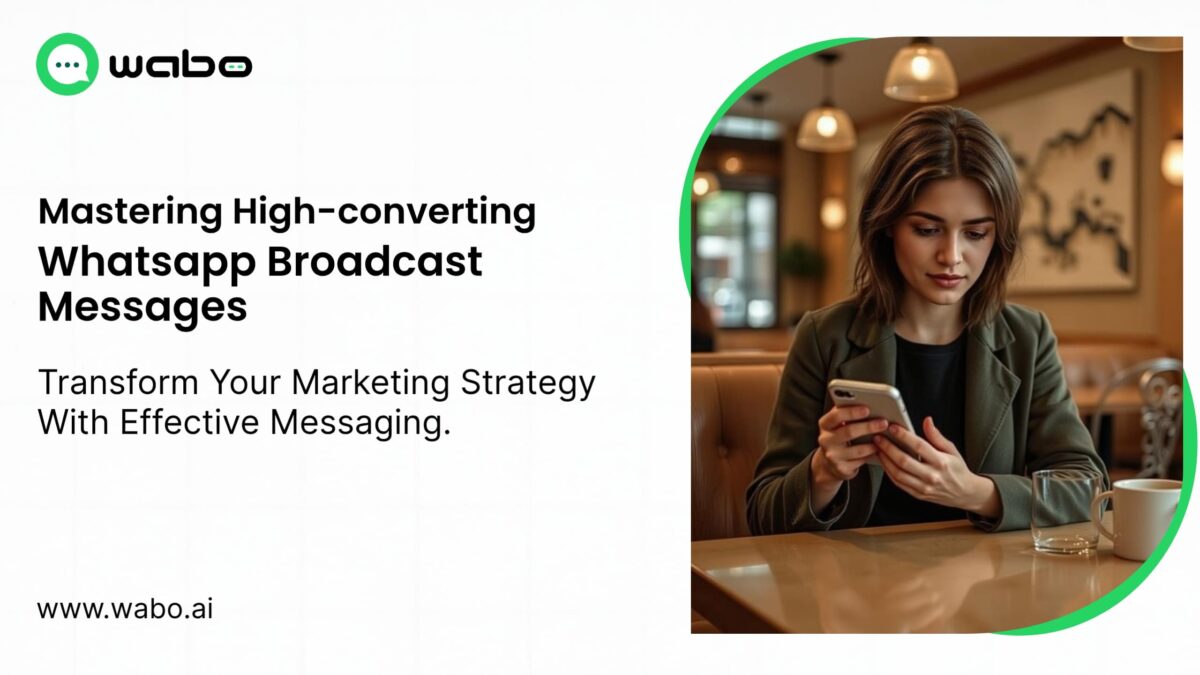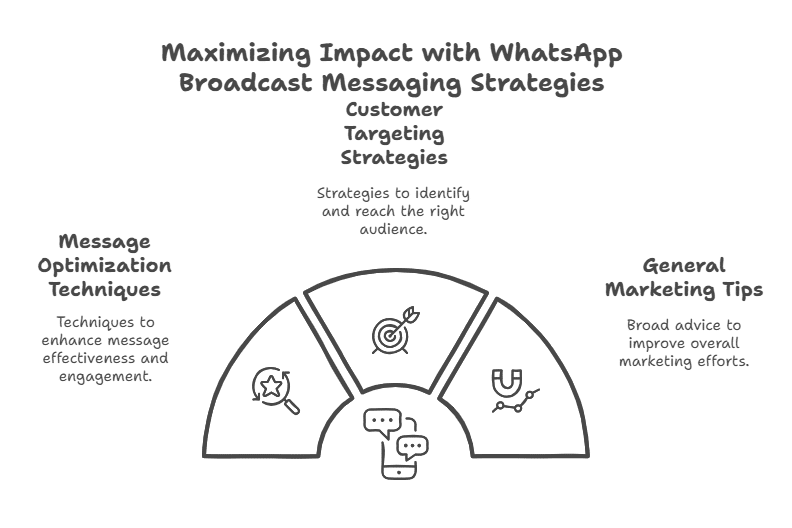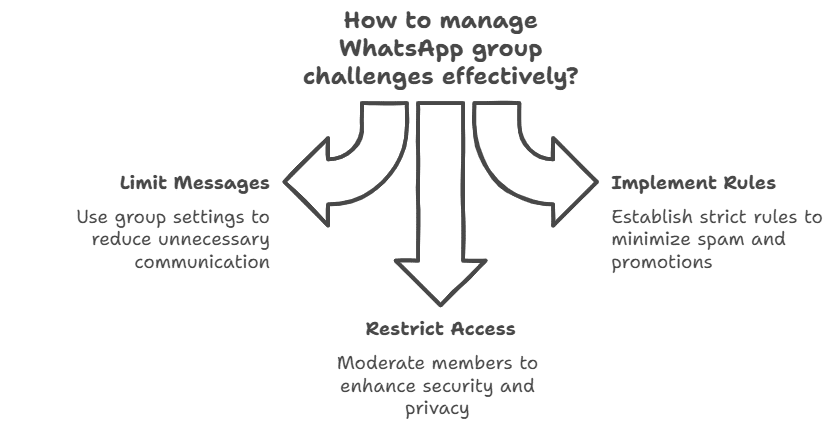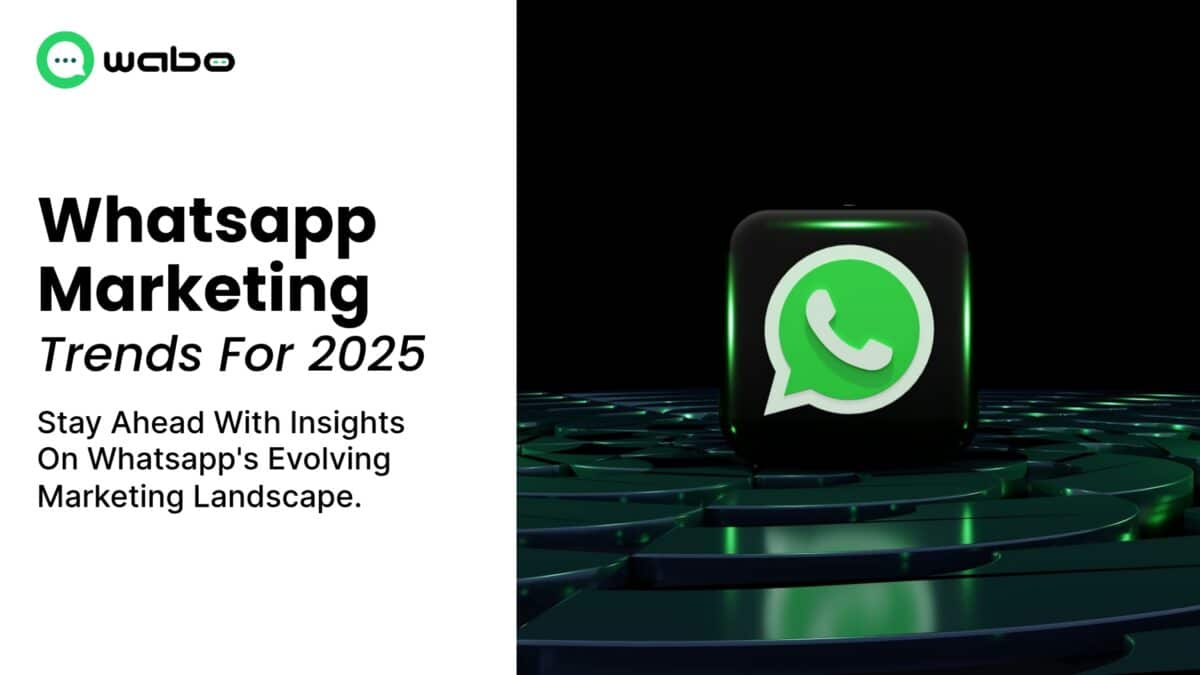
Did you know 97% of marketers see WhatsApp outperforming email by a staggering 3:1 conversion ratio? This isn’t just another messaging app anymore – it’s becoming the backbone of direct-to-customer relationships.
By the end of this guide, you’ll understand exactly which WhatsApp marketing trends will dominate in 2025 and how to position your business ahead of the curve.
The future of WhatsApp marketing isn’t just about sending messages; it’s about creating personalised customer journeys that feel intimate yet automated. The platform’s evolution from a simple chat app to a comprehensive marketing ecosystem is happening faster than most businesses realise.
But here’s the million-dollar question: Which of these emerging WhatsApp strategies will drive revenue, and which are just shiny distractions?
WhatsApp’s Evolution into a Marketing Powerhouse
Key platform updates reshaping business capabilities
WhatsApp’s transformation didn’t happen overnight. Remember when businesses could barely do anything beyond basic messaging? Those days are gone.
In 2025, WhatsApp’s business API has evolved dramatically. Companies now enjoy advanced automation that feels surprisingly human. The platform’s AI-powered chatbots can handle complex conversations, not just serve up menu options.
Payment processing has become seamless within chats. Customers can browse catalogues, ask questions, and complete purchases without ever leaving the app. This frictionless commerce experience has changed how brands convert leads.
Analytics capabilities have also taken a quantum leap. Businesses now access real-time insights about customer engagement patterns, allowing for instant campaign adjustments and personalisation at scale.
Integration with Meta’s ecosystem for enhanced reach
The Meta universe has finally come together in ways we only imagined back in 2023.
WhatsApp now works hand-in-hand with Instagram and Facebook, creating a unified customer experience. When someone checks out your Instagram Shop, they can continue the conversation on WhatsApp without missing a beat.
Cross-platform advertising has matured dramatically. Campaigns can start on Facebook, continue through Instagram Stories, and close the deal via WhatsApp—all tracked as a single customer journey.
The integration goes beyond marketing, too. Customer service requests bounce seamlessly between platforms, maintaining context and history. No more asking customers to repeat themselves.
User behaviour changes are driving new marketing opportunities
The way people use WhatsApp in 2025 barely resembles the app’s origins.
Users now expect rich, interactive content from brands they follow. Static messages get ignored while immersive experiences—mini-games, AR try-ons, interactive surveys—capture attention and drive engagement.
Privacy preferences have evolved, too. While users remain protective of their data, they’ve embraced the “privacy exchange”—willingly sharing information with brands that deliver clear value in return.
Communities have become marketing goldmines. WhatsApp Groups centred around niche interests provide brands with direct access to pre-qualified audiences. Smart marketers now build community first, sell second.
Comparison with other messaging platforms in 2025
WhatsApp’s dominance varies significantly by region in 2025.
In markets like India and Brazil, WhatsApp remains untouchable, functioning almost as an operating system for daily life. But in China, WeChat still reigns supreme with its super-app functionality continuously expanding.
Telegram has carved out a niche with its focus on encrypted broadcasting to massive audiences—a feature WhatsApp has struggled to replicate without compromising its messaging feel.
Signal remains the choice for privacy purists, while RCS messaging (finally widely adopted) provides basic business messaging functionality through traditional SMS channels.
The key difference? WhatsApp has struck the perfect balance between utility, privacy, and commerce. While competitors excel in specific areas, none has achieved WhatsApp’s versatility in connecting businesses with customers in meaningful, measurable ways.
AI-Powered Personalisation Strategies
AI-Powered Personalisation Strategies
Personalisation isn’t just a buzzword anymore – it’s the backbone of effective WhatsApp marketing. By 2025, brands that don’t personalise will simply be ignored.
Automated Customer Segmentation Techniques
Gone are the days of manual list building. AI now slices your audience into hyper-specific segments based on their behaviours, not just demographics. The magic happens when these segments update in real-time as customers interact with your messages. Think dynamic groups that evolve with every customer action.
Predictive Analytics for Tailored Messaging
The crystal ball of marketing is here. Predictive systems now anticipate what customers need before they even know it. These tools analyse thousands of data points to determine the perfect message timing and content for each individual. Some platforms are showing 40% higher conversion rates with predictive-driven campaigns.
Conversational AI Assistants for Real-Time Engagement
Your most tireless employee is now AI. These digital assistants handle complex conversations that sound human. They remember past interactions, understand context, and respond with personality. The breakthrough? They’re learning to detect emotional cues in text, adjusting tone accordingly.
Behavioural Triggers and Response Automation
Smart triggers are the quiet revolutionaries of WhatsApp marketing. They monitor specific actions and automatically send perfectly timed follow-ups. Abandoned cart? Product question? Interest in an upgrade? All handled without human intervention, yet feeling completely personal.
Privacy-Compliant Personalisation Approaches
With data laws tightening globally, brands are pivoting to “consent-first” personalisation. The winning approach uses first-party data creatively while being transparent about how it’s used. AI systems now personalise effectively with minimal data points, prioritising quality over quantity.
Multi-Channel Integration and Omnichannel Experience
A. Seamless connection between WhatsApp and other platforms
By 2025, the walls between WhatsApp and other marketing channels won’t just be thin—they’ll be practically invisible. Businesses are already connecting WhatsApp with their Instagram shops and Facebook Pages, but we’re heading toward something much more powerful.
Think about it: A customer browses your website, abandons their cart, and gets a personalised WhatsApp message with product recommendations. They respond, and that conversation history instantly appears in your CRM. When they call your support line later, your agent already knows exactly what they’ve been looking at.
That’s not futuristic anymore—it’s becoming the baseline expectation.
The real game-changer? API improvements that will make these connections feel natural, not cobbled together. WhatsApp’s Business API is evolving from clunky to slick, with native integrations for everything from Shopify to Salesforce.
B. Cross-platform analytics and attribution models
The old “last-click” attribution model is dying, and WhatsApp is helping drive the final nail in its coffin.
In 2025, you’ll track customer journeys that zigzag across platforms, with WhatsApp often serving as the conversion tipping point. New analytics tools will show you exactly how that casual Instagram story view led to a WhatsApp inquiry that ultimately closed the sale three days later.
The smart brands are already building custom attribution models that properly value WhatsApp conversations. They know a 5-minute WhatsApp chat can be worth 10 email opens or 20 social media impressions.
And here’s what’s exciting: predictive analytics that tell you which customers are most likely to respond positively to a WhatsApp outreach based on their behaviour on other channels.
C. Unified customer profiles across messaging channels
The days of fragmented customer data are numbered. By 2025, businesses will maintain comprehensive customer profiles that capture every interaction across all messaging platforms.
This isn’t just about knowing someone contacted you on WhatsApp yesterday and Facebook Messenger last week. It’s about understanding their preferred communication style, response patterns, and purchase triggers regardless of which platform they’re using.
The tech that makes this possible? Customer Data Platforms (CDPs) with specialised messaging components that can extract intent and sentiment from conversations across channels.
Smart businesses are already creating “conversation graphs” that map how customers move between different messaging platforms during their buying journey. They’re discovering that different demographics have distinct patterns—Gen Z might research on TikTok, ask questions on Instagram, and finalise details on WhatsApp.
When you understand these patterns, you can meet customers exactly where they want to be met, with exactly the right message.
Interactive Content Innovations
New rich media formats driving engagement
WhatsApp is no longer just about text messages. By 2025, we’ll see an explosion of rich media formats that make conversations pop. Brands are already experimenting with interactive stickers, mini-games, and customizable multimedia cards that respond to user touches.
The game-changer? Micro-videos designed specifically for WhatsApp – shorter than TikTok but packing the same punch. These 5-15 second clips are driving engagement rates through the roof, with early adopters seeing 4x higher response rates compared to static images.
Interactive polls and surveys are increasing participation
Gone are the days of clunky external survey tools. WhatsApp’s native polling features are becoming sophisticated engagement machines. Smart brands are using conditional logic polls that change questions based on previous answers.
What’s cool is how these polls are gamified now. Users earn status points or exclusive content for participating, turning simple questions into addictive mini-experiences. One beauty brand saw 78% completion rates by adding progress bars and reward animations to their customer feedback surveys.
Shoppable catalogues and in-chat purchasing
The friction between browsing and buying? Virtually eliminated. WhatsApp catalogues now function like mini-stores where everything happens in one conversation thread.
Try-before-you-buy is becoming standard through virtual fitting rooms right in chat. Users can swipe through product variations, see 360° views, and complete purchases without ever leaving the app. Payment confirmations, receipts, and shipping updates all flow through the same thread, creating a seamless customer journey.
AR/VR experiences within WhatsApp
This is where things get sci-fi-level awesome. Augmented reality filters are moving beyond silly faces to practical applications. Furniture retailers let customers place virtual sofas in their living rooms. Cosmetic brands offer virtual makeup try-ons through the camera.
VR product demonstrations are gaining traction, too. Some luxury brands are creating exclusive “virtual showrooms” accessible through WhatsApp, where sales associates guide customers through immersive product experiences. The technology feels magical – tap a button in chat and suddenly you’re exploring a virtual space with a product expert.
Data-Driven WhatsApp Marketing
Advanced metrics beyond open and click rates
Gone are the days when marketers could impress clients with basic open and click rates. In 2025, WhatsApp marketing is all about deeper metrics that tell you something useful.
Smart marketers are now tracking conversation duration, response time variations, and interaction frequency patterns. These metrics reveal not just if someone opened your message, but how meaningfully they engaged with it.
The real game-changer? Conversion delay analysis. This shows you exactly how long it takes from initial message to purchase decision across different customer segments. Some businesses are discovering that their premium customers convert faster through WhatsApp than any other channel.
And message forwarding metrics? Pure gold. When your content gets shared within private groups, you’ve hit marketing nirvana – people are doing your distribution for you.
Customer journey mapping through conversation analysis
The WhatsApp chat history is becoming marketing’s new goldmine. In 2025, brands aren’t just sending messages – they’re analysing entire conversation flows.
Advanced AI tools now identify typical conversation patterns before purchase. They spot decision triggers, hesitation points, and those magic moments when casual browsers transform into buyers.
The coolest part? These systems can automatically tag conversation milestones. You’ll see exactly where customers typically ask about pricing, request social proof, or need reassurance about delivery options.
Sentiment analysis for message optimisation
WhatsApp responses contain emotional gold dust that most marketers completely miss.
Modern sentiment analysis tools don’t just categorise messages as positive or negative. They detect subtle emotional shifts throughout conversations – enthusiasm spikes, confusion moments, trust-building exchanges.
Top brands now A/B test messages based on emotional response patterns, not just clicks. They’re discovering that slightly different wording can dramatically shift how people feel about their products.
The breakthrough? Emotional journey mapping. This tracks how customer sentiment evolves from first contact through purchase and beyond. Brands can pinpoint exactly where negative emotions creep in and fix those moments.
Predictive ROI models for WhatsApp campaigns
The guessing game is over. WhatsApp marketing in 2025 comes with scary-accurate ROI predictions.
Machine learning models now analyse thousands of past conversations to forecast conversion rates with remarkable precision. They factor in time of day, customer history, message complexity, and dozens of other variables.
Budget allocation has become drastically more efficient. These systems can tell you exactly how many staff hours to dedicate to WhatsApp engagement versus other channels, based on expected return.
The most sophisticated models even predict customer lifetime value from conversation patterns in the first few exchanges. Imagine knowing which prospects are worth extra attention within minutes of initial contact.
Compliance and Privacy Considerations
Navigating evolving global messaging regulations
The messaging landscape is changing faster than most businesses can keep up with. By 2025, WhatsApp marketers will face a patchwork of regulations across different regions. GDPR in Europe already set the tone, but now we’re seeing similar frameworks pop up everywhere—from California’s CCPA to Brazil’s LGPD.
Smart businesses are building compliance into their WhatsApp strategy from day one. This isn’t just about avoiding fines (though those can be hefty). It’s about future-proofing your messaging operations.
The trick? Create modular marketing systems that can quickly adapt to new rules without rebuilding your entire strategy. And keep a compliance calendar—regulatory deadlines have a nasty habit of sneaking up on you.
Building trust through transparent data practices
Nobody wants to feel like they’re being watched. When customers give you access to their WhatsApp, they’re inviting you into their personal space.
The brands winning at WhatsApp marketing in 2025 will be those who clearly explain:
- What data do they collect
- Why do they need it
- How long will they keep it
- Who else might see it
This isn’t just about having a privacy policy nobody reads. It’s about weaving transparency into every interaction. When requesting information, tell them why. When tracking engagement, let them know.
Trust is currency in messaging apps. Once lost, it’s nearly impossible to regain.
Consent management frameworks for messaging
Gone are the days of single checkbox consent. By 2025, successful WhatsApp marketers will implement layered consent models where customers can pick exactly what they’re comfortable with.
The most advanced companies are already building:
- Preference centres within WhatsApp flows
- Time-based consent refreshes
- Engagement-triggered permission requests
- Self-service consent dashboards
The goal isn’t just getting permission—it’s maintaining an ongoing consent relationship that evolves with customer comfort levels.
Remember: just because someone gave you consent last year doesn’t mean they’re still comfortable with it today.
Balancing personalisation with privacy concerns
The personalisation paradox is only getting more complicated. Customers expect hyper-relevant messages, but they’re increasingly protective of their data.
Finding this balance means:
- Focusing on contextual relevance over personal data
- Using aggregated insights rather than individual tracking when possible
- Creating value exchanges that make data sharing worthwhile
The businesses thriving with WhatsApp in 2025 won’t be those with the most customer data—they’ll be those who do the most meaningful things with the data customers willingly share.
Think quality over quantity. A few well-understood data points will take you further than mountains of information your customers didn’t knowingly provide.
Conclusion
The marketing landscape continues to transform rapidly, with WhatsApp emerging as a cornerstone platform for businesses seeking direct customer engagement. As we look toward 2025, businesses must prepare for AI-driven personalisation that will enable hyper-targeted messaging, seamless multi-channel integration, and increasingly interactive content formats that boost engagement. Meanwhile, data analytics will provide deeper insights into customer behaviour, allowing for more strategic campaign development.
For brands looking to stay ahead of the curve, now is the time to invest in WhatsApp marketing capabilities. By embracing these emerging trends while maintaining strict adherence to evolving privacy regulations, businesses can establish authentic connections with their audiences through one of the world’s most widely used messaging platforms. The companies that adapt quickest to these shifts will gain significant competitive advantages in the increasingly conversational marketing environment of tomorrow.


